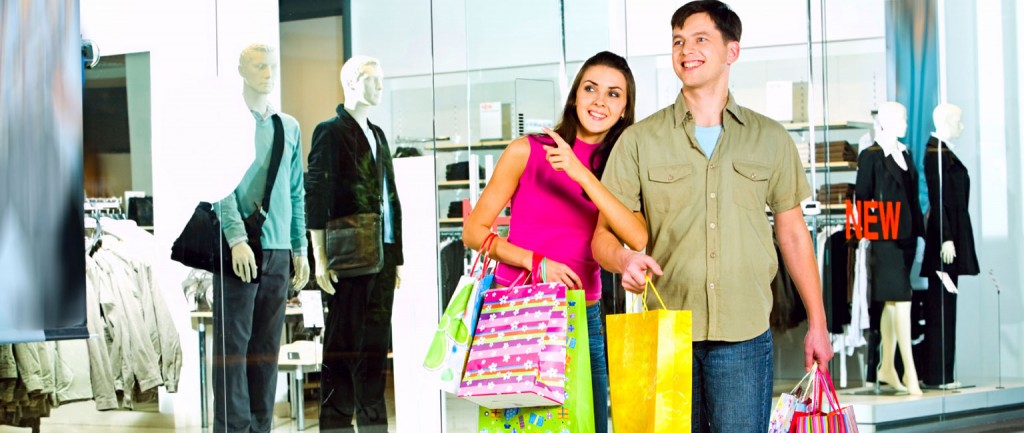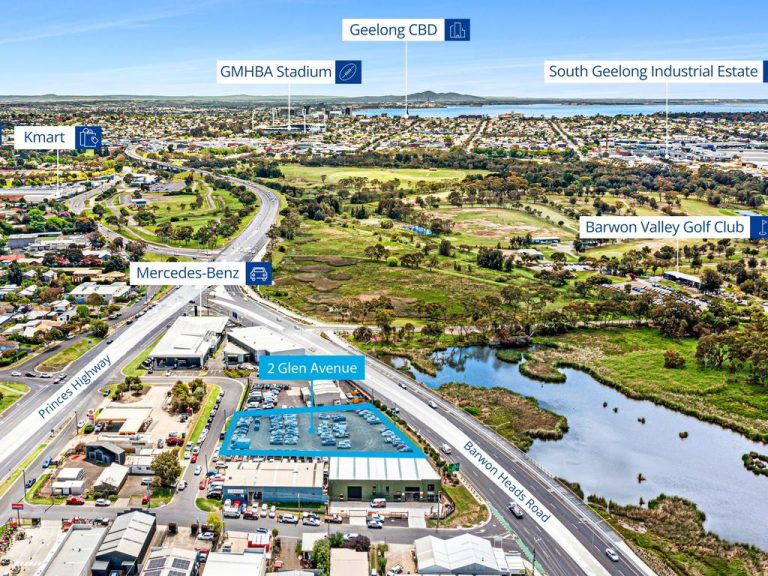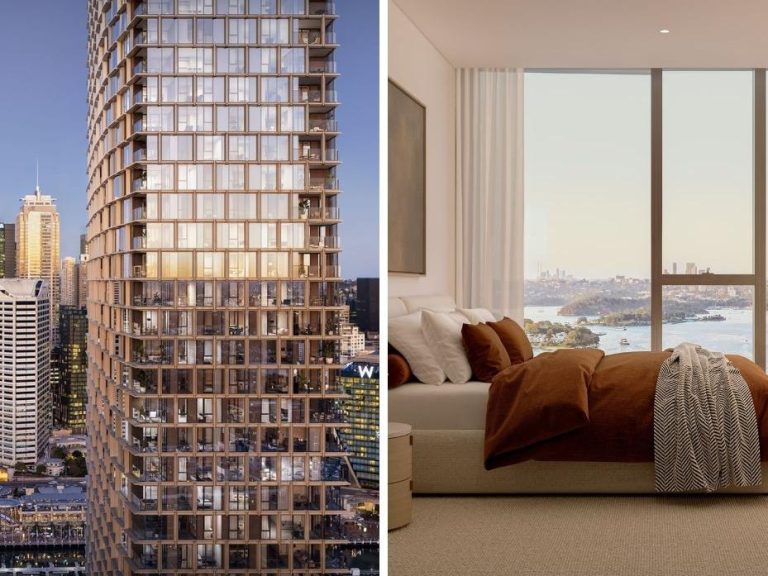Top of the pops: retail’s latest trend

For the past 10 years, a strange new type of outlet has been creeping its way across Australia’s retail strips and shopping centres – the pop up store.
Pop ups are retailers using short-term leases, from a few days up to a few months, to set up and trade for a low upfront cost.
Short-term, temporary stores were originally the province of small, opportunistic traders buying excess stock at insolvency auctions and selling to hunter/gatherer-type consumers but, increasingly, pop ups are being run by sophisticated retailers and national brands.
It’s a global phenomenon, popular in the US and in Europe, and may account for 10% of retail leases signed in the past 12 months. But what is it doing to the retail property market?
I spoke to CBRE Retail Specialist and Senior Negotiator Cam Taranto, asking him if pop ups were a growing trend. “Definitely they are and they are helping to stabilise vacancies, bringing benefits for tenants and landlords if they are utilised correctly,” he says.
“Most of our pop up enquiries come pre-Christmas,” he told me, “but they also appear around specific events, like Food and Wine Festivals, the Spring Racing Carnival and with brands like L’Oreal aligning with the Fashion Festival.”
“Single holding landlords look on it as an opportunity to gain short-term rent,” Taranto says, “while others are motivated to active a space where a lease campaign has gone stale, taking the property off the market and revisiting it once the short-term tenant leaves.”
“Activating empty spaces may also allow agents to leverage the retailer as a potential long-term tenant and create a perception of minimal vacancies, which can help lower yields when surrounding properties are on the market.”
Taranto warns of drawbacks for landlords, such as the negative perception if an unknown branded pop up closes, leaving the shop and surrounding properties to carry the stigma. This is especially problematic if it happens a few times and there are a number of vacancies in that location.
While many suburban strips and seaside towns feature small traders with tarpaulin signs and second-hand fittings, the format is increasingly being embraced by major brands looking to clear excess stock and test local catchments.
Mark Fletcher, of consumer insights agency Shop Science, says higher-end brands are using pop ups in a strategic way, something Australian brands have not done very well to date.
“In the future, I expect we will see more temporary stores used by major national brands, but not just vacant shops; they’ll also invest in sophisticated, branded kiosks in shopping centres, which we are starting to see now,” Fletcher says.
“These outlets are experiential in nature, offering a limited product range matched with a high digital interface to drive product experience and extend their brand.
“A more recent trend has seen pure online retailers venture into omni-channel retailing via temporary sites.”
Taranto points out pop ups are just about everywhere now. “In the CBD, we see national retailers using sites to test specific brands, new concepts and certain locations. This format is appearing in different types of buildings and laneways for events,” he says.
“From the enquiries we get, there is a stronger focus on brand promotion and I think you will find it will swing towards creative opportunities for retailers rather than just existing shops.”







